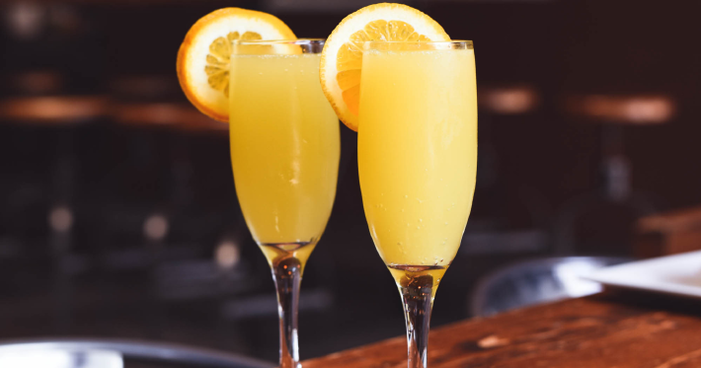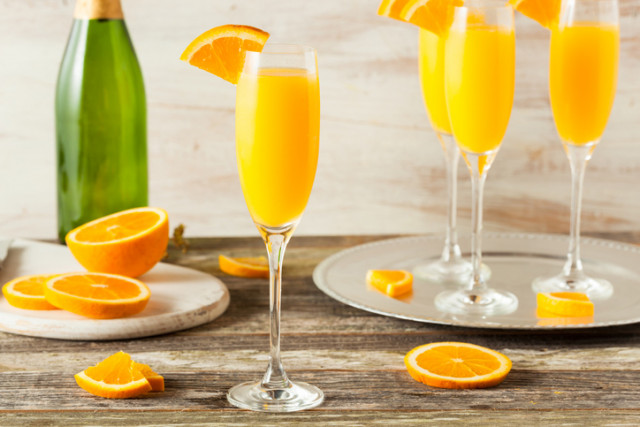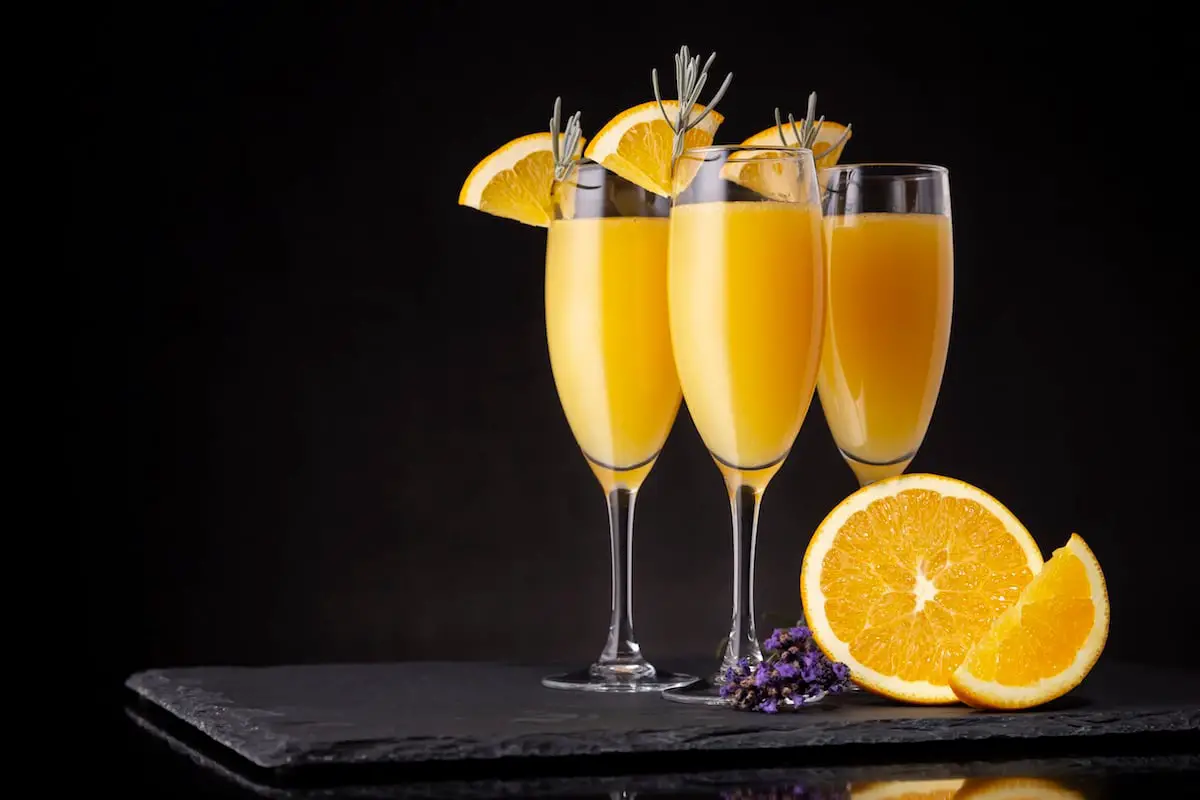In a world where social life is of utmost importance, it is very important to discuss something as popular as mimosas. Considered by the world as a lady’s drink, this champagne-based cocktail still brings a kick to it regardless of its strong fruity flavor. Most drinkers probably know this drink already, and perhaps the most common recipe.
Most mimosas have 50% champagne or sparkling water and 50% orange juice in the mix. It’s a cocktail, all right, but it is the base that is a bit fascinating if you’re looking into something that can make you drunk while having fun at the same time. Well, most drinks do offer this, but mimosa is something else. As a cocktail, it gives you the idea that this is going to be a piece of cake, but many have fallen victim to this.
Table of Contents
ToggleWhy Mimosa
You probably asked the same question when you came across this article or probably when someone invited you to a beach party, for instance, and could not find your go-to drinks for some reason and had to deal with this cocktail instead. Well, in the alcohol world, cocktails stand in the middle between alcoholic and nonalcoholic drinks. With this in mind, it is a pretty choice among people who would like to make a social event lasting and worthwhile.
The drink can typically cater to both ladies and gents alike. It may not be a favorite when it comes to heavy drinkers, but the average alcohol content per serving can definitely compensate. Mimosa has always been a daytime drink and has continuously evolved over time.
The Origin

You might wonder where the name is taken from. Mimosa, the plant actually has a different meaning. In Greek, it is a derivative of “mimos” which means “actor” and “osa” which means resembling. This is indeed a fitting name owing to the fact that the plant’s leaves are too sensitive that it seems to have a life of their own. This, however, does not explain why this cocktail is now called mimosa.
Way back in the 1920s, this cocktail used to be called “orange champagne” and was made popular as a drink for brunch by Alfred Hitchcock. So there, we now have the part about why the drink is typically served during day time, but why it’s now called mimosa is actually attributed to the plant’s flowers which resemble pretty much the color of this cocktail.
Let’s Talk Champagne
Now that we’ve uncovered the origin of this drink’s name, let’s now talk about the key component that makes this drink really potent in terms of getting drunk. The alcohol content in a bottle of champagne is something that should not be taken lightly. While beer rests around 5-7% per volume, this one is at 12%. We usually see this sparkling drink being popped at parties in most American Pie movies, but that pretty much explains why.
Champagne has alcohol levels that surpass beer, a drink that’s known to intoxicate a lot of men over the years. True, you’ll need a considerable volume in order to get drunk, but you get the point. The higher the alcohol level, the more it gets you in the head.
The Dilemma

The very question we’re trying to answer stems from the very fact that mimosa is a day drink. It is served at parties that typically last 5 hours at a time in broad daylight! So how can one reconcile lasting a party that long while staying sober? Well, the key lies in knowing your very own alcohol tolerance. You see, there’s not really an absolute measure as to how many mimosas can get you drunk, but we can start by understanding the drink first.
As a cocktail that is mainly based on champagne, a serving of mimosa typically has 12% alcohol volume as it retains pretty much the alcohol content of its main component. The other problem we have is that this thing is a cocktail and usually treated as is -it is sweet and refreshing and has notes of alcohol in every sip- so most people, especially ladies, fall into the trap of intoxication without even knowing it already hit them.
A Typical Solution
Mimosa is essentially served during broad daylight at parties which is not only for drinkers. It is most likely crucial in terms of socializing, but parties as such can come with a lot of extras. They come with food and activities that can keep you preoccupied for the most part, so this thing can serve as an appetizer instead of being the main course.
Responsible drinking always holds the key to staying up when involved with social gatherings, and mimosas are no exception. Keep in mind that this so-called lady’s drink still has some kick to it and that one should not get carried away with its appearance and taste. If you’re a heavy drinker, you’ll probably survive 5 servings without feeling dizzy, but not the same could be said for those who only drink occasionally.
Conclusion
Here are three things to consider in terms of drinking mimosa at parties.
First, mimosa is more potent than beer, regardless of the other components added to the champagne, so it should not be taken in consecutive servings. Hence, take a break if you’re starting to feel the alcohol go up to your head and make you dizzy. One should not fall asleep during a daytime party!
Second, always savor the flavor by taking small portions of food at the same time. This will help compensate for the lack of alcohol tolerance. At 12% alcohol level per volume, a single serving can already get the best of a moderate or occasional drinker. Knowing your alcohol tolerance is very important to be able to last at social gatherings that serve this as the drink.
Lastly, mimosa evolved over time. It first came out as orange champagne, but there are actually a lot of variants out there that you can follow if you want your party to be fun. Not everyone likes oranges, so champagne can be mixed with other fruits and juices to make it suitable for your expected guests.

I am a passionate beer connoisseur with a deep appreciation for the art and science of brewing. With years of experience tasting and evaluating various beers, I love to share my opinions and insights with others and I am always eager to engage in lively discussions about my favorite beverage.
















